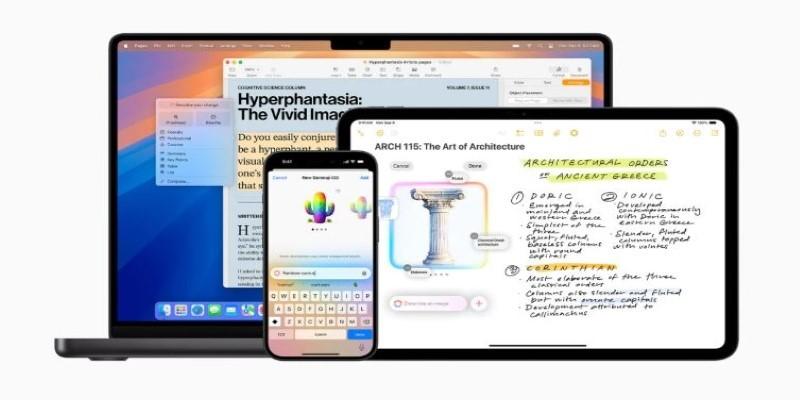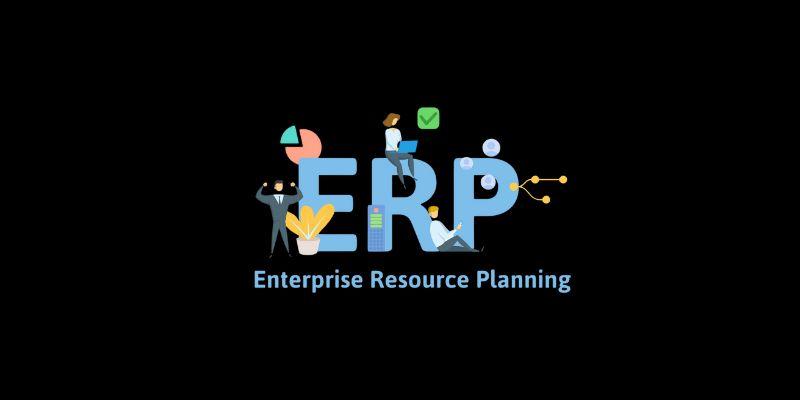The globe is experiencing an increased need for digitally savvy employees, but the supply of capable talent is not matching the demand. Digital transformation has accelerated across all industries, resulting in a significant skills shortage. From AI coders to cybersecurity professionals, companies are struggling to hire and retain the right talent. The shortage not only hinders project progress but also jeopardizes growth and competitiveness. To be ahead, organizations need to take strategic measures to develop a strong digital workforce.
Key Points:
- Global demand for digital talent outstrips supply.
- Impacts growth, security, and innovation.
- Deteriorates with accelerated tech advancement.
- Needs forward-thinking, long-term actions.
- Affects large companies and startups alike.

Step 1: Upskill and Reskill Your Current Workforce
One of the most sustainable answers to the talent shortage is developing your existing staff. Staff with core skills can be trained in new technologies, such as data science, cloud computing, or AI. Upskilling increases employee commitment, reduces recruitment expenses, and helps maintain institutional knowledge. Organizations can utilize online platforms, boot camps, or collaborate with universities to provide relevant training programs and certification paths.
Key Points:
- Taps into existing employees' potential.
- Cost-effective in relation to new recruits.
- Increases retention and morale.
- Supports internal mobility and development.
- Develops long-term capacity.
Step 2: Expand Recruitment Approaches and Talent Pipeline
Hiring is often restricted to legacy backgrounds or top-tier tech cities. Casting the net wider to include remote workers, freelancers, or non-traditional career candidates (i.e., coding boot camp graduates or self-taught individuals) provides access to untapped talent. Focus on abilities rather than degrees and beyond borders. Providing flexible, hybrid, or remote working arrangements also pools a bigger pool of applicants, particularly in a post-pandemic digital economy.
Key Points:
- Tap global and remote recruitment.
- Highlight skills, not qualifications.
- Engage freelance and gig websites.
- Promote flexible work arrangements.
- Adopt diversity in talent acquisition
Step 3: Establish Productive Relationships with Universities, Vocational Schools, and Training Providers
Partnerships with universities, coding academies, or vocational schools will ensure a steady stream of new potential talent. Organizations can co-create curricula, provide interns, or participate in mentoring programs. This will also help prepare students with valuable job-ready skills and develop an education that aligns with industry needs. Additionally, early engagement with students can help create awareness of your business and establish you as an employer of choice for your newest graduates.
Relatable Points:
- Education aligns with workforce needs.
- Ongoing supply of trained candidates.
- Real-time experiences with learning
- Build long-term recruitment relationships.
- Brand Awareness as an Employer on Campuses.
Step 4: Enhance Your Employer Branding and Work Culture
Workplace flexibility, purpose, and opportunity for growth are top of mind for digital workers—PURPOSE, FLEXIBILITY, AND GROWTH. It's essential to recognize that enterprises with a robust digital culture and inclusive aspirations will attract and retain the top tech talent. When meaningful work, along with a commitment to inclusivity and diversity, is communicated, employees will begin to embrace your employer branding. Promote the company's purpose. Showcase stories of successful employees. Show them you are serious about promoting benefits that digital workers like (remote work options, wellness programs, learning budgets, etc.). With a solid employer brand, you'll gain a competitive advantage over your competitors.
Key Takeaway:
- Invest in your culture and inclusiveness.
- In summary, offer flexibility and a career growth path.
- Demonstrate how you can make an impact and drive innovation.
- Encourage those employees to share their real employee experience.
- Put meaning to your work, as this will help retain employees.
Promote Internal Innovation and Mobility of Talent
Embracing internal mobility and innovation is also a way to address talent gaps. Underlying interests and skills of employees often remain unrevealed when role assignments are strictly defined. Allowing them to experiment with new roles, suggest solutions, or work on cross-functional projects releases their hidden potential and increases engagement. Innovation labs, hackathons, and pilots can bring new talent and solutions to the surface. When individuals feel empowered to develop and explore, they become more committed to the company's future and address key skill shortages from within.
Key Points:
- Fosters development outside of roles.
- Reveals latent ability within the organization.
- Boosts job satisfaction and retention.
- Drives innovation through experimentation.
- Creates an adaptive, collaborative workforce.
Leverage Technology to Speed up Recruitment
Recruitment technology can significantly simplify hiring. AI platforms facilitate the screening of resumes, initial evaluation, and matching of candidates to jobs based on skills and behavior. Automated solutions can even minimize bias in hiring and enhance candidate experience. Predictive analytics enables more intelligent workforce planning and helps identify upcoming hiring trends. Using these tools helps you find and hire the right talent quicker, without wasting time, saving recruitment costs, and increasing overall HR productivity.
Key Points:
- Streamlines repetitive HR work.
- Enhances candidate matching and time to fill.
- Minimizes human bias during screening.
- Provides valuable insights on hiring.
- Increases recruitment efficiency.

Why Solving the Talent Shortage Matters
Failing to address the shortage of talent has severe repercussions. Delayed product releases, saturated teams, and heightened cybersecurity threats are just some of the problems businesses encounter when experienced workers are not available. Additionally, it results in low employee morale, burnout, and high turnover. Confronting the gap, on the other hand, bolsters innovation, productivity, and business resilience. Businesses that move forward now will enjoy an enduring edge in an era of technology.
Key Points:
- Talent shortages hamper innovation.
- Leads to exhausted and discontented teams.
- Heightens operational and security threats.
- Addressing it enhances growth and creativity.
- Early intervention guarantees a competitive advantage.
Conclusion: Now Is the Time
The reality is that there will be no easing of the digital talent shortage. Organizations that initiate strategic action on a timely basis will have a competitive advantage in an increasingly crowded digital economy. By skilling their current workforce, broadening the pool of candidates they hire from, partnering with schools, and developing their employer brand, organizations that address the talent gap now can future-proof their workforce. Organizations with the foresight to prioritize talent development today will be the ones who are innovators, resilient, and successful in the long term. It's no longer just about filling roles - it's about building capability for change. Take decisive action now: review your current approach, invest in development, and commit to building a digitally skilled workforce for future success.












